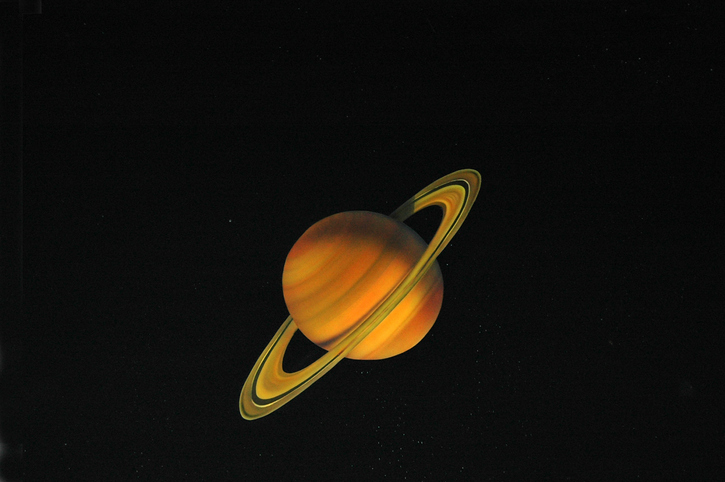Chiron

- 18 Oct 2025
In News:
Astronomers have, for the first time, observed the formation and evolution of a ring system around Chiron—an icy small body in the outer Solar System. This marks a significant development in planetary science, offering rare insight into ring-formation processes beyond giant planets.
About Chiron
- Discovery: Identified in 1977 by astronomer Charles Kowal.
- Classification: Belongs to the centaur class—objects orbiting between Jupiter and Neptune that exhibit traits of both asteroids and comets.
- Orbit: Completes one revolution around the Sun in ~50 years.
- Size: Approx. 200 km in diameter.
- Composition: Predominantly rock, water ice, and complex organic compounds.
- Behaviour: Shows comet-like activity, sometimes ejecting gas and dust.
Ring System Around Chiron
- First confirmed ring formation observed around a small icy body.
- Comprises four rings, with three inner rings embedded in a dust-disk and an outer ring located unusually far from the body.
- Rings likely contain water-ice particles mixed with rocky material, similar to Saturn’s rings.
- Observations from 2011 to 2023 indicate dynamic evolution of the ring system.
Distances of Rings From Chiron's Center (Approx.):
- Inner Rings: ~273 km, ~325 km, ~438 km
- Outer Ring: ~1,400 km (requires further stability confirmation)
Significance of the Discovery
- Provides a real-time snapshot of ring evolution, offering clues to:
- Formation mechanisms of rings around small bodies
- Dynamics of dust-disk systems in space
- Broader processes that form moons and debris structures
- Enhances understanding of small-body systems, complementing prior ring discoveries around:
- Chariklo(centaur)
- Haumea
- Quaoar
How Was It Observed?
Researchers used stellar occultation—studying changes in starlight as Chiron passed in front of a distant star. Data from Brazil, France, and Spain enabled high-precision observations.
Possible Origins of the Rings
Hypotheses include:
- Remnants of a destroyed moon
- Collisional debris from impacts with space material
- Material ejected by Chiron itself
- Or a combination of these processes
Water-ice plays a key stabilizing role by preventing particles from clumping into a moon.
